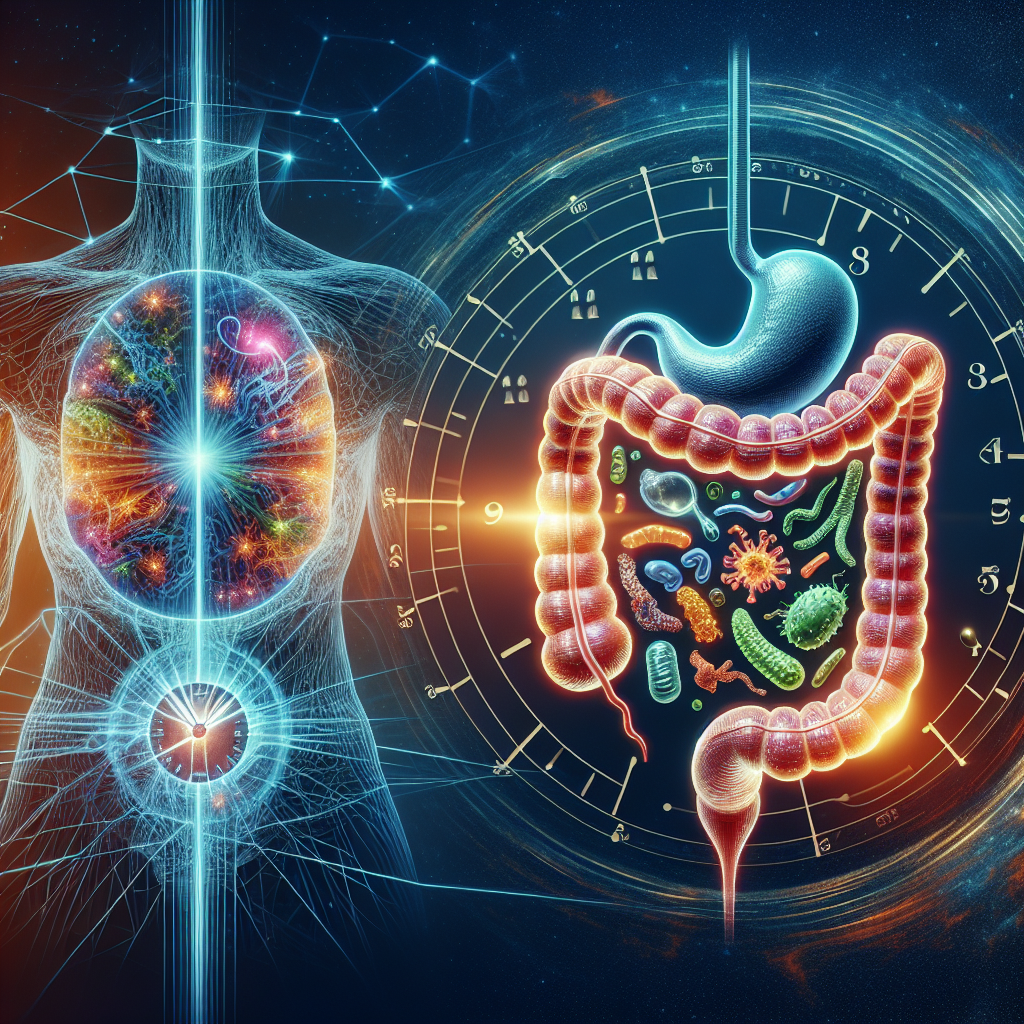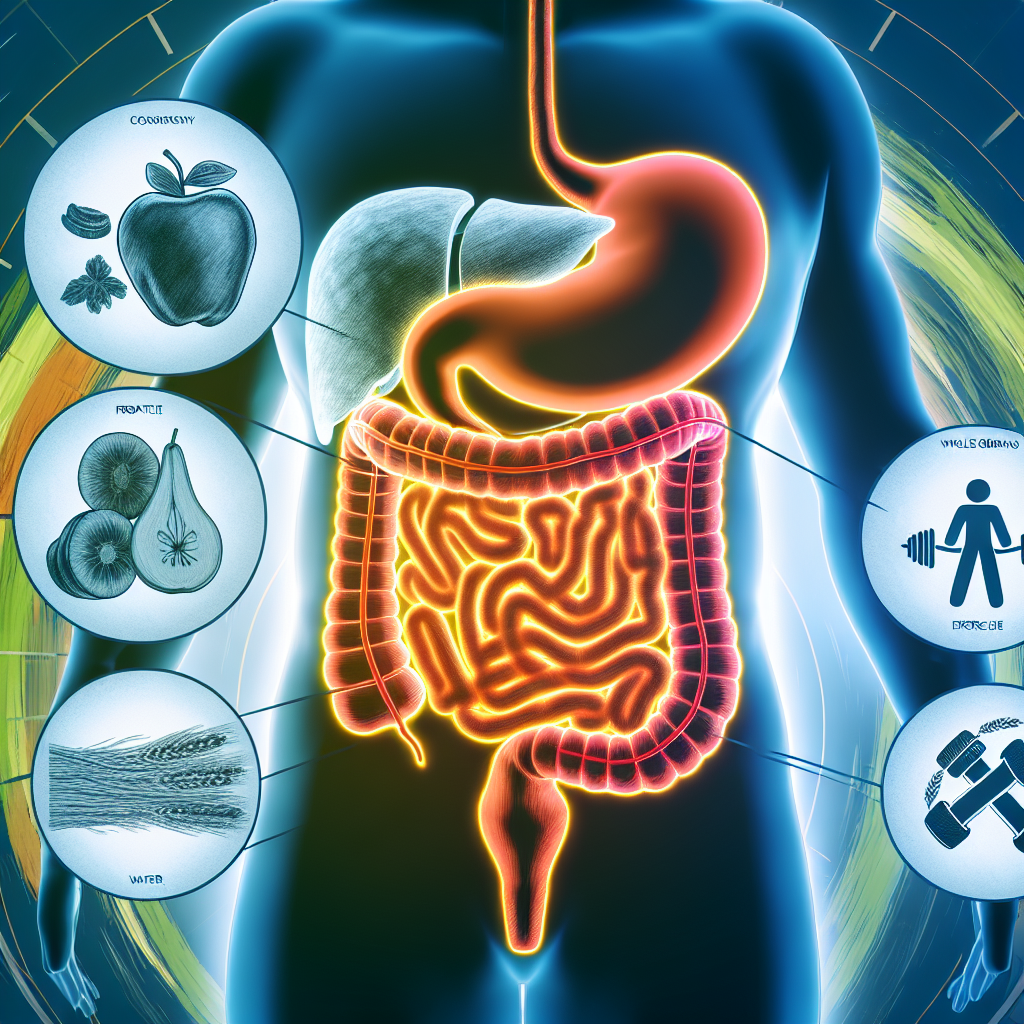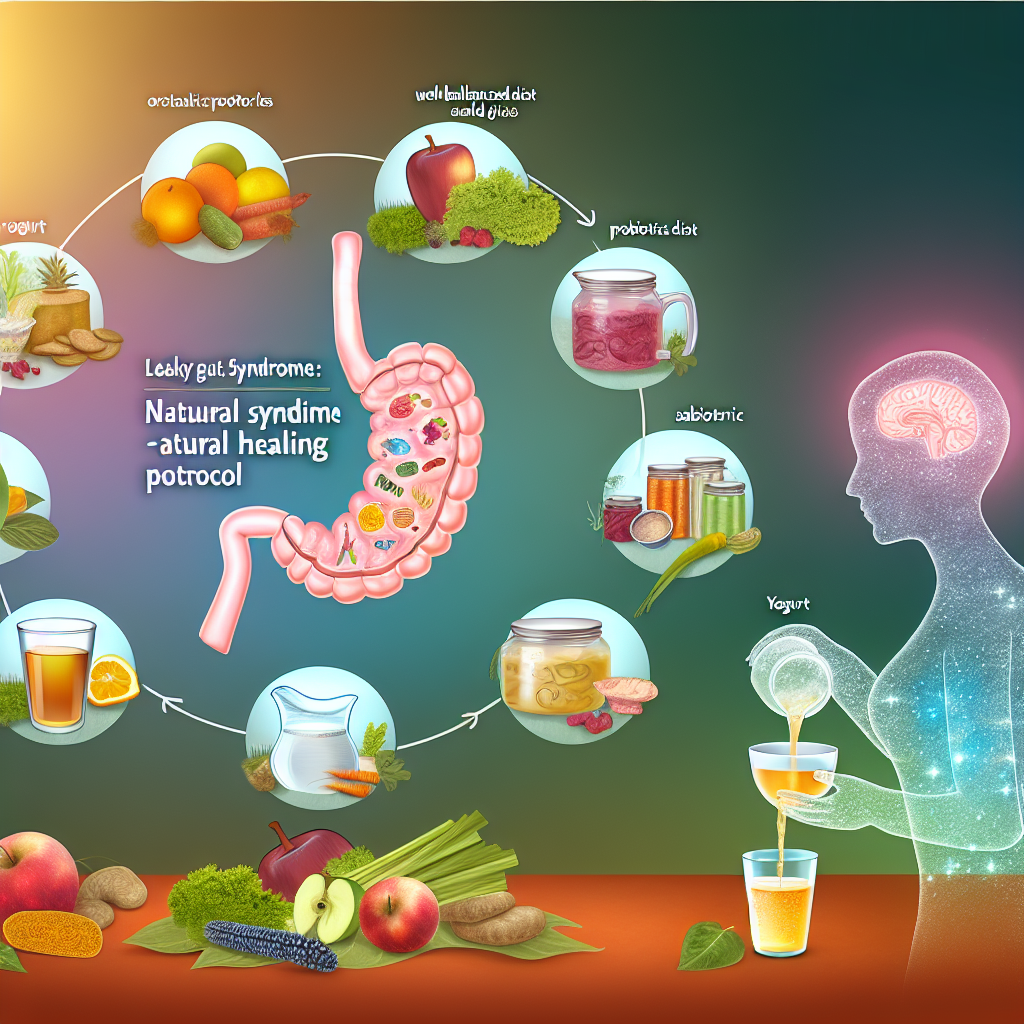Here is the blog post with the requested changes:
Using Acupressure Points to Support Digestive Motility Naturally
Unlock the ancient art of acupressure to stimulate your digestive system and restore gut balance—without medication. Learn how specific pressure points can boost motility, ease constipation, and soothe your stomach for optimal digestive health.
Why Digestive Motility Matters for Gut Health
Digestive motility—the coordinated movement of your gastrointestinal (GI) tract—is critically important for overall gut health. When motility functions properly, food and waste move smoothly through the digestive tract, ensuring proper nutrient absorption and timely elimination.
However, when digestive motility is impaired, individuals may experience a range of gastrointestinal issues such as bloating, constipation, acid reflux, and even small intestinal bacterial overgrowth (SIBO). While pharmaceutical interventions are often used to address these concerns, there is a growing interest in natural, complementary therapies that offer support without harsh side effects. One such method gaining popularity is acupressure—a traditional technique rooted in Chinese medicine.
What Is Acupressure and How Does It Work?
Acupressure involves applying targeted physical pressure to specific points on the body, known as acupoints. These points are believed to correspond with energy channels or meridians that govern different bodily functions, including those related to the digestive system. Acupressure is closely related to acupuncture, but instead of using needles, it utilizes the fingers, palms, or acupressure tools to stimulate these vital zones.
Its appeal lies in both its non-invasive nature and its portability, as it can be self-administered once properly learned. Scientific interest in acupressure has grown as anecdotal evidence and Eastern practices have merged with Western research methodologies.
Studies have begun to show that acupressure may stimulate parasympathetic nervous system responses, reduce inflammation, and improve peristalsis—the involuntary wave-like motions that move content through the digestive tract. This makes acupressure a valuable, low-risk adjunct for people experiencing sluggish digestion, irritable bowel syndrome (IBS), or functional dyspepsia.
Science-Backed Benefits of Acupressure for Digestive Motility
Recent studies have lent scientific credibility to the efficacy of acupressure in addressing gastrointestinal disorders, including digestive motility issues. A 2020 randomized controlled trial published in the journal Evidence-Based Complementary and Alternative Medicine evaluated the impact of acupressure on patients with functional dyspepsia.
Participants who received acupressure at specific gastrointestinal-related acupoints—such as ST36 (Zusanli) and PC6 (Neiguan)—reported significantly improved gastric motility, reduced bloating, and improved appetite regulation compared to the control group.
Top Acupressure Points to Stimulate Digestion
- ST36 (Zusanli): Located four finger widths below the kneecap and one finger width laterally to the shinbone. Known for its robust effects on digestion, scientific studies show that stimulating ST36 promotes gastric emptying and regulates intestinal contractility. A 2019 study in The American Journal of Chinese Medicine found consistent ST36 pressure enhanced colonic transit time in those with slow-transit constipation.
- CV12 (Zhongwan): This point sits midway between your lower sternum and belly button. In Traditional Chinese Medicine (TCM), CV12 harmonizes the stomach and regulates qi. Its stimulation helps modulate vagal nerve activity, making it particularly useful for upper GI conditions like functional dyspepsia and gastroparesis.
- PC6 (Neiguan): On the inner forearm, about three finger widths from the wrist crease, this point is traditionally used to alleviate nausea. However, emerging evidence suggests that stimulating PC6 may also impact gastrointestinal motility by regulating neurotransmitters like serotonin and acetylcholine.
Integrating Acupressure into Your Digestive Wellness Routine
Healthcare professionals are increasingly recognizing the value of acupressure as part of an integrative treatment plan, particularly for those who are wary of long-term medication use. A 2022 review in Integrative Medicine Research highlighted acupressure’s effectiveness for functional GI disorders, noting improvements in quality of life, GI symptom reduction, and autonomic nervous system balance.
What sets acupressure apart is its ease of use and lack of medication-related side effects. Because it can be practiced daily with minimal risk, it’s a practical option for individuals who cannot tolerate conventional therapies due to sensitivities, allergies, or drug interactions. Acupressure promotes a proactive approach to health, empowering individuals to reconnect with their body’s innate self-regulation systems.
Conclusion: Tapping into Acupressure for Gut Health
Acupressure offers a simple yet promising solution for enhancing digestive motility naturally. Through targeted stimulation of specific acupoints like ST36, PC6, and CV12, individuals can help encourage smoother GI function, reduce uncomfortable digestive symptoms, and foster a greater connection with their body’s internal systems.
As scientific research continues to validate these traditional practices, acupressure delivers both anciency and innovation in one package—without the side effects of pharmaceuticals. For individuals looking to incorporate holistic healing methods into their gut health journey, acupressure provides an accessible, affordable, and empowering tool.
As always, consult with healthcare professionals before beginning any new therapeutic practice, especially those involving chronic conditions. Your gut deserves intuitive care—and acupressure might just be a touch away.
References
- Park, J.E., Lee, S.S., & Lee, M.S. (2020). Acupressure for Functional Dyspepsia: A Randomized Controlled Trial. Evidence-Based Complementary and Alternative Medicine. Read study
- Zhang, W. et al. (2019). Effects of Transcutaneous Electrical Acupoint Stimulation on Colonic Transit Time in Patients with Slow-Transit Constipation. The American Journal of Chinese Medicine, 47(4), 757–769. View publication
- Lee, J., Choi, T.Y., Lee, M.S., Lee, H., Shin, B. C., & Ernst, E. (2022). Acupressure for gastrointestinal disorders: A systematic review and meta-analysis. Integrative Medicine Research, 11(1), 100782. Explore meta-analysis
For additional self-guided acupressure techniques and gut health articles, visit gutnow.com
Summary:
Acupressure is a traditional Chinese therapy that involves applying physical pressure to specific points on the body to stimulate the digestive system and promote healthy gut function. Research shows acupressure can improve digestive motility, reduce symptoms of conditions like functional dyspepsia and irritable bowel syndrome, and enhance overall gut health without the side effects of medication.

Dominic E. is a passionate filmmaker navigating the exciting intersection of art and science. By day, he delves into the complexities of the human body as a full-time medical writer, meticulously translating intricate medical concepts into accessible and engaging narratives. By night, he explores the boundless realm of cinematic storytelling, crafting narratives that evoke emotion and challenge perspectives.
Film Student and Full-time Medical Writer for ContentVendor.com




